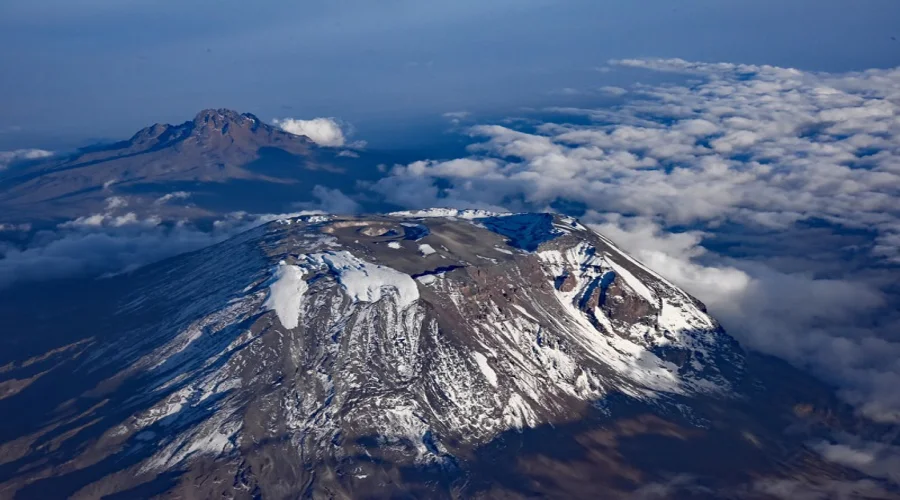Overview
The Lemosho Route is a fantastic choice for climbing Mount Kilimanjaro, and opting for a 9-day itinerary is a great way to maximize your chances of a successful summit while enjoying a more relaxed pace and better acclimatization.
Overview of the 9-Day Lemosho Route
The 9-day Lemosho is an extended version of the popular 8-day route. The additional day is typically added on the Shira Plateau or at Barranco Camp, providing more time for your body to adjust to the altitude. This is a significant advantage, as inadequate acclimatization is the primary reason for failed summit attempts.
Route Type: The Lemosho Route is a western approach that traverses the Shira Plateau and then joins the Machame Route for the final ascent via the Southern Circuit.
Duration: 9 days, 8 nights on the mountain.
Difficulty: While physically demanding, the 9-day itinerary is considered less strenuous due to the slower pace and better acclimatization profile, making it a highly recommended choice for climbers of all experience levels.
Scenery: Widely regarded as the most beautiful route on Kilimanjaro, Lemosho offers breathtaking and diverse landscapes, from lush rainforests and moorlands to alpine deserts and the stunning views of the Southern Ice Fields.

